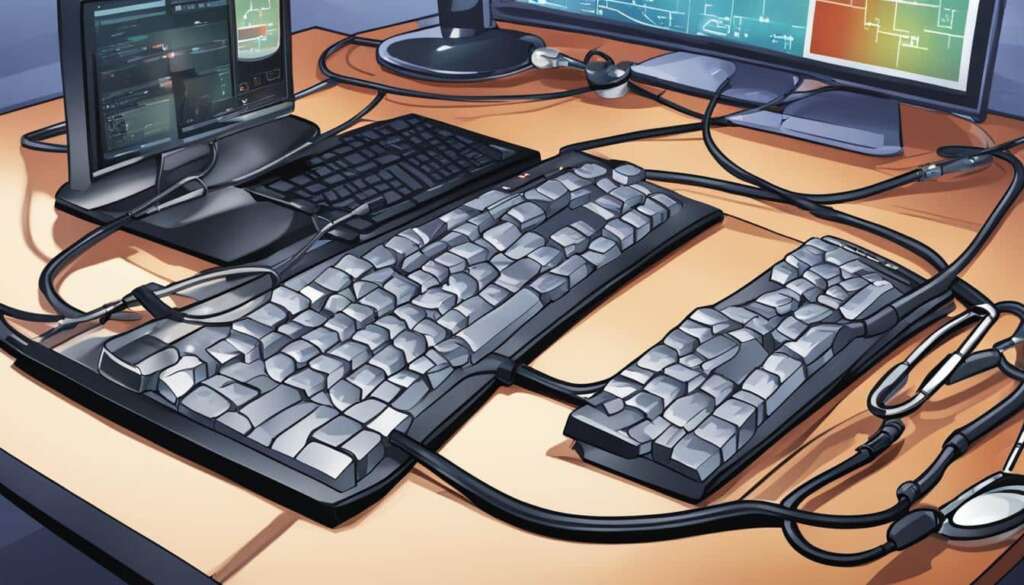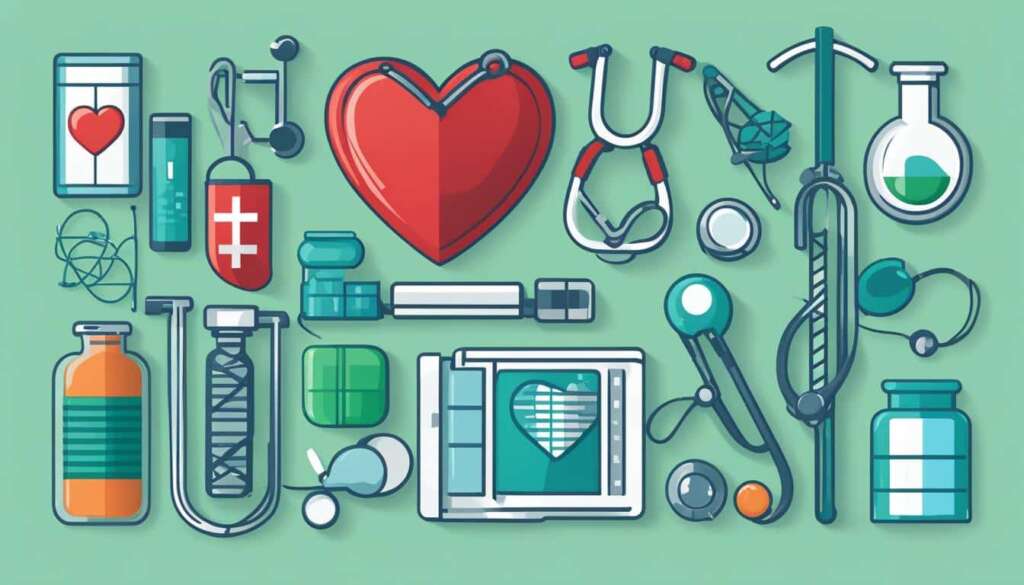Table of Contents
Medical abbreviations can be confusing, especially for patients trying to understand their prescriptions. One such abbreviation is “PC.” In medical terms, PC stands for “post cibum,” which is Latin for “after meals.”
When you see the abbreviation “pc” on a prescription, it means that you should take the medication after eating. This timing is important because some medications are more effective when taken with food, while others need to be taken on an empty stomach.
Understanding these medical abbreviations is crucial for patients to ensure they take their medication properly and avoid any potential errors. It’s also important to follow the instructions given by healthcare providers regarding the timing and frequency of medication intake.
Take a look at the image below for a visual representation of the meaning of PC in medical terms:
By understanding these abbreviations, patients can better communicate with their healthcare providers about their medication and ensure that they are taking it as prescribed.
Understanding Prescription Abbreviations
Healthcare providers often use Latin abbreviations on prescriptions to convey specific instructions about how to take medication. Some common Latin prescription abbreviations include:
| Abbreviation | Meaning |
|---|---|
| ac | Before meals |
| pc | After meals |
| po | By mouth |
| tid | Three times a day |
| qd | Every day |
| qid | Four times a day |
| hs | At bedtime |
These abbreviations help healthcare providers communicate with pharmacists and patients about dosage instructions, timing, and frequency of medication. Patients should familiarize themselves with these abbreviations to understand their prescription labels and take their medication as directed.
Why are prescription abbreviations used?
Prescription abbreviations are commonly used because they provide concise instructions for medication use. They allow healthcare professionals to communicate important details on prescription labels and reduce the risk of misinterpretation. Latin abbreviations have been widely adopted for prescriptions due to their longstanding use in medical jargon.
However, it’s important to note that prescription abbreviations can sometimes cause confusion or errors if misinterpreted. Patients should always seek clarification from their healthcare provider or pharmacist if they have any doubts or concerns about the instructions on their prescription label.
Clear communication is key when it comes to medication instructions. Familiarizing oneself with common prescription abbreviations can help patients ensure they are taking their medication correctly.
Importance of Clear Prescription Instructions
Clear and easy-to-understand prescription instructions are crucial for preventing medication errors. Ambiguities in prescription abbreviations can lead to confusion and potentially harmful mistakes. For example, the abbreviation “qd” (every day) can be easily mistaken for “qid” (four times a day) or “od” (right eye). To improve patient safety, many healthcare providers are transitioning to using plain language instructions instead of hard-to-read abbreviations.
To improve patient safety, many healthcare providers are transitioning to using plain language instructions instead of hard-to-read abbreviations.
Benefits of using plain language instructions:
- Enhanced readability and patient comprehension
- Reduced risk of medication errors
- Improved patient adherence to medication regimens
- Increased patient satisfaction and trust in healthcare providers
Additionally, electronic prescribing systems are becoming more common, further reducing the risk of human error in translating prescription instructions to the pharmacy. Electronic prescribing enables healthcare providers to input prescription information directly into a computer system, eliminating issues related to illegible handwriting or misinterpretations. This technology also allows for real-time prescription monitoring, automatic drug interaction checks, and electronic transmission of prescriptions to pharmacies, streamlining the medication dispensing process.
| Benefits of Electronic Prescribing | Benefits of Plain Language Instructions |
|---|---|
|
|
The Evolution of Primary Care and Primary Health Care
Primary Care and Primary Health Care are often used interchangeably, but they actually refer to distinct concepts. Primary Care refers to the narrower concept of individual-focused healthcare services provided by family doctors or primary care physicians. It focuses on the diagnosis, treatment, and management of common illnesses and chronic conditions, as well as preventive care and health promotion for individuals.
On the other hand, Primary Health Care is a broader term that encompasses a comprehensive approach to health policy and service provision. It includes not only individual-focused primary care services but also population-level public health functions. Primary Health Care is characterized by a multidisciplinary approach, addressing the broader determinants of health such as social, economic, and environmental factors.
The distinction between the two terms is recognized internationally, and recent Canadian usage reflects this distinction as well. While Primary Care plays a crucial role in delivering essential healthcare services at the individual level, Primary Health Care takes a more holistic approach, addressing the broader determinants of health and promoting health equity at the population level.
FAQ
What does PC mean in medical terms?
PC is an abbreviation that stands for “post cibum,” which means “after meals” in Latin. It is commonly used to indicate the timing or instructions for taking medication in relation to meals.
Why are Latin abbreviations used on prescriptions?
Healthcare providers use Latin abbreviations on prescriptions to convey specific instructions about how to take medication. Common Latin prescription abbreviations include ac (before meals), pc (after meals), po (by mouth), tid (three times a day), qd (every day), qid (four times a day), and hs (at bedtime).
Why is it important to understand prescription abbreviations?
Understanding prescription abbreviations is important for patients to ensure they take their medication properly and avoid any potential errors. Familiarizing themselves with these abbreviations helps patients understand their prescription labels and take their medication as directed.
How can ambiguities in prescription abbreviations be dangerous?
Ambiguities in prescription abbreviations can lead to confusion and potentially harmful mistakes. For example, the abbreviation “qd” (every day) can be easily mistaken for “qid” (four times a day) or “od” (right eye).
What measures are being taken to improve patient safety in prescription instructions?
To improve patient safety, many healthcare providers are transitioning to using plain language instructions instead of hard-to-read abbreviations. Additionally, electronic prescribing systems are becoming more common, reducing the risk of human error in translating prescription instructions to the pharmacy.
What is the difference between Primary Care and Primary Health Care?
Primary Care refers to individual-focused healthcare services provided by family doctors or primary care physicians. Primary Health Care is a broader term that encompasses a comprehensive approach to health policy and service provision, including population-level public health functions.
Q: How can the distinction between Primary Care and Primary Health Care be recognized?
The distinction between Primary Care and Primary Health Care is recognized internationally, and recent Canadian usage reflects this distinction as well.













